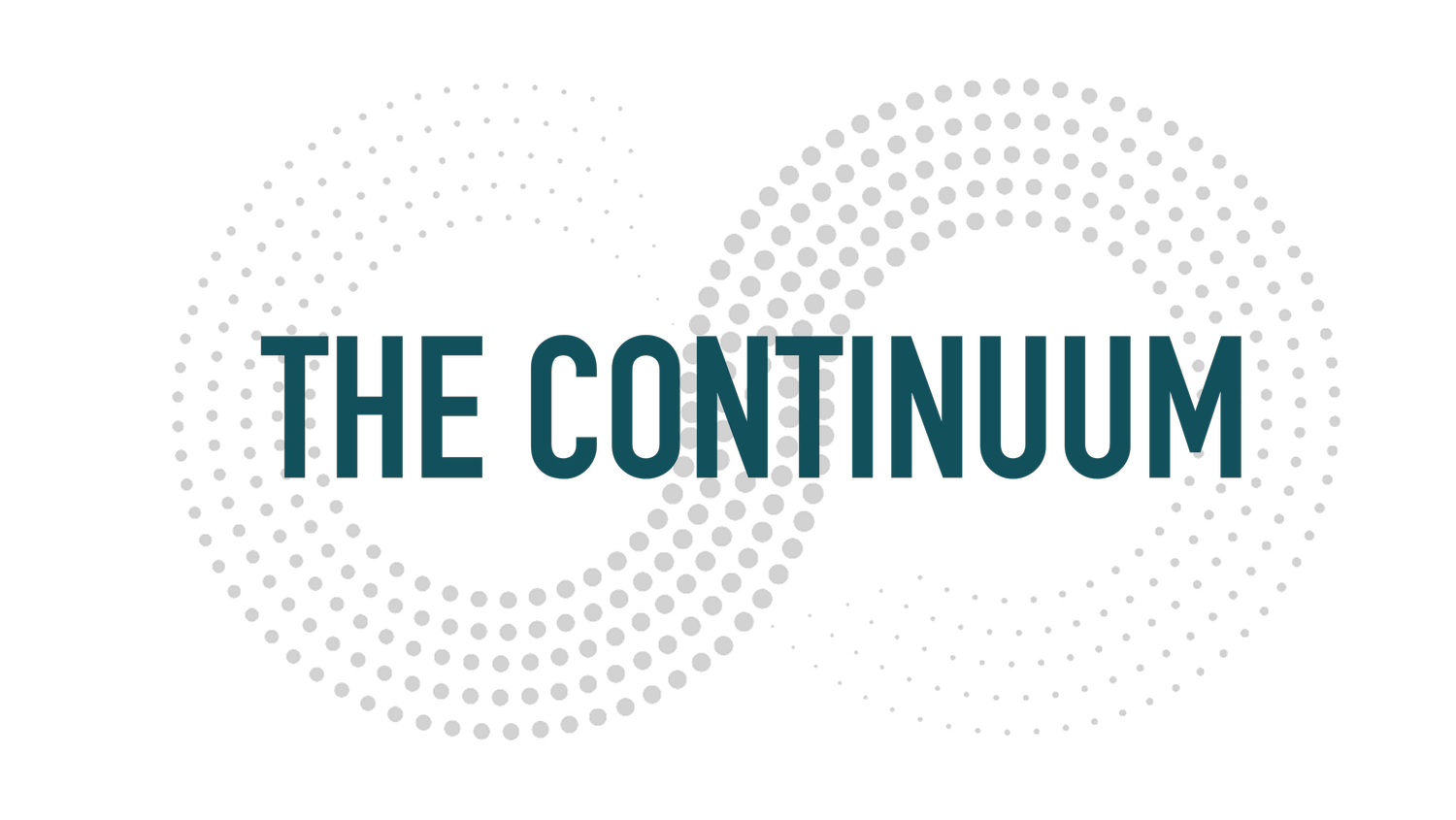4 Keys to Leading Today.
The Future Does Not Fit in the Containers of the Past.Edition 243.
Companies with a disproportionate share of talent passionately aligned against a common goal usually are the ones that grows faster, create great economic value and attract and retain customers and clients for the long run.
This alchemy of wealth, value and alignment is often created by the wizardry of leaders.
Leadership has never been as important today in a world in midst of great transformation.
In the end great leadership come down these four components:
Leaders acknowledge, face and communicate reality.
People admire and respect people and not titles since titles are bestowed while leadership is earned.
The five characteristics of great leaders are capability, integrity, empathy, vulnerability and inspiration.
Great leaders scale their talents by creating a fabric of great culture.
1.Reality.
A key to leadership is to solve challenges and address problems. This requires confronting issues versus looking away or hoping some form of magical thinking will make them go away.
One cannot hope to get people to follow us if they suspect we are not addressing real issues and challenges however difficult they may be.
Great leaders ensure they never set themselves for self-defeat.
They do this by constantly taking temperature of the marketplace, anticipating opposing points of view and paying close attention to underdogs and outliers who might change the rules of the game.
They focus on future competitive advantage and not yesterday’s game.
2. Respectful Admiration.
Without the hearts and minds of one’s team one is not a leader but a ruler.
Rulers leverage fear, project power and exploit insecurity.
Employees genuflect, fall in line, salute and pander to the hollow and bloated boss, while they silently seethe, plot insurrection or practice defection.
All rulers fall and increasingly they are failing and falling faster as they flail and rail with great cacophony.
But facts are stubborn things.
Reality has a habit of breaking in.
Gravity does not care if you tweet that it is fake.
It kills those who step off cliffs and tall buildings.
Leaders on the other hand are respected and admired both for their operating and strategic skills but they earn the most important currency of the time that allows them to buy time and alignment in changing times.
The currency of trust.
3. Five Characteristic of Leaders.
a) Capability: To be a leader you have to be capable in your field of work or craft. You have to know your shit. You have to keep improving your skill. Doctors will not listen doctors who are not great at medicine. A creative will not respect someone whose body of work they do not admire.
b) Integrity: Can one be trusted? Are we transparent about the ingredients of our decision making. Does one look for opposing evidence and use real facts ?
c) Empathy: Leaders can see from other points of view and they understand that employees are people and work is but a sliver of their being. They understand and they listen. They care. They do this both for employees and for customers.
d) Vulnerability: Great leaders acknowledge mistakes. They know they do not have all the answers. This means they are open to criticism and correction and they surround themselves with skill sets that offset and balance their areas of weakness.
e) Inspiration: How do leaders face and acknowledge reality and hard truth but still get people to unite, align and take the challenges head on? They do so by recognizing that people choose with their hearts and not their minds. They inspire through a combination of personal example and storytelling.
4. Culture.
It has been said that “culture eats strategy” and often when companies decay (Boeing) or resurrect ( Microsoft) or have distinctly different outcomes in the same industry ( Delta vs most other airlines) a key determinant is the culture. What it is like, how it is improving or how it is getting worse.
The culture of an organization is revealed in how people behave when no one is looking or monitoring their behavior.
Culture is about the relationships, mindsets and goals of people and not a place, a program or an operating manual. It is something leaders set, correct and support, but culture is how leaders treat people and how people feel about themselves, their company and their colleagues.
Companies with great cultures tend to have employees who feel most of the following about their jobs and companies:
Fair/ Good Compensation: If people are not paid adequately or fairly it really hard to have a good culture.
Recognition: Great cultures recognize contributors and leaders do not step into their teams video stealing credit.
Autonomy: People are trusted to deliver with limited monitoring and can access resources to do so.
Purpose: They believe in the purpose and values of the company and see the role of their company beyond that of just profit but doing good for society or community.
Growth: The company is growing, has a plan for growth or even if static, the individual is growing and teams are growing by being given opportunities to learn and build new skills. The focus is on multiplying versus dividing.
Connectedness: People feel connected to each other and to their leadership. They feel free to speak up and share and even joke.
While some leaders today may disappoint there are many many amazing leaders across all aspects of business, education and government who we can all learn from by paying as much attention to those who lift us up versus those who bring us down.
April 10, 2025
© 2025 The Continuum

